KEENE, NH — Radically Rural, the annual two-day summit
focused on issues and opportunities in small cities and towns, opens Sept. 19
and is expected to attract 800 people from the Monadnock Region, the Northeast
and throughout the country.
The Hannah Grimes Center for Entrepreneurship and The Keene
Sentinel partner to present Radically Rural, which provides a uniquely rural
point-of-view for community-building, news coverage, entrepreneurship and
economic development. Radically Rural includes program tracks on
entrepreneurship, arts and culture, community journalism, Main Streets and
downtowns, working lands and renewable energy.
Terrence Williams, president and COO at The Keene Sentinel,
said, “Last year’s event exceeded all expectations in attendance and the
quality of programs. More is planned this year, and we are delighted with our
slate of speakers and panelists.”
He outlined this year’s journalism program:
Session One:
Collaboration – Competitive barriers drop; journalists work together on rural
issues
September
19 | 10 am. to Noon
Moderator:
Leah Todd, Regional Manager, New
England, Solutions Journalism Network
If
you live well outside the city of Bozeman, Montana, there’s a good chance
you’re living in a town with a contracting economy, shrinking population and
growing opioid and mental health issues. All under the radar. There’s no one to
cover the issues. That changed due a group of journalists from western Montana,
supported by High Country News and the Solutions Journalism Network. What was
produced was an exhaustive, comprehensive look at what many small towns across
the country face – and the coverage came with solutions.
Speakers:
Nick Ehli, managing editor, Bozeman Daily Chronicle, Bozeman, Montana
Stefanie Murray, director, Center for Cooperative Media, Montclair State University
Panel discussion:
Melanie Plenda, Project Manager, Granite State News Collaborative
Dawn DeAngelis, Vice President, Chief Content Officer, NHPBS
Session Two: Solutions Journalism – Helping communities take the next steps
September 19 | 2-4 pm
Moderator: Leah Todd, Regional Manager, New
England, Solutions Journalism Network
News consumers these
days can come away from the experience feeling depressed, disengaged,
powerless, hopeless. Solutions journalism envisions a more productive
experience, one that builds engagement, trust and a renewed hope in democracy, by reporting rigorously on the responses to
social problems — in addition to the problems themselves. Find out how
this is being done in rural places, the training behind it and the encouraging
results from this disruptive approach.
An
interactive session featuring solutions journalists.
Speakers:
Leah Todd, Regional Manager, New England, Solutions Journalism Network
Amy Maestas, Digital Editor, Salt Lake Tribune
Session Three: Crazy Good – 50 ideas that will grow your audience
September
20 | 9-10:30 am
Moderator
and session leader: Tim Schmitt,
project manager, Gatehouse Media
We’ve
reached far and wide! Here are more than four dozen ways you can build better
bridges to your readers – from thought-provoking story ideas, to collaborative
ways to tackle big projects, to new newsroom structures. If you only have time
to do a few of these, you will be happy you did. A sneak peek: How we built
Radically Rural. Leave with a magazine that curates these ideas.
Bonus session Funding Journalism – Where to look for help
September
20 | 10:30-11 am
We
present the details on the growing number of funding sources for journalism
projects and initiatives.
For tickets, go to https://ticketelf.com/events/radically-rural-summit-2019 Early bird pricing is available
through July 5. And for additional information on all tracks, go to www.radicallyrural.org
Mary Ann Kristiansen, executive director at Hannah Grimes
said, “Broad shifts in demographics,
technology and values are creating opportunity for innovative thinkers,
entrepreneurs and community-builders who love their rural communities and know
their advantages.”
Kristiansen notes that recent studies indicate that people
are increasingly interested in living in rural areas and that technology
advances make living and working in rural areas easier than ever. “Radically
Rural spotlights and shares new ideas.”
Williams and Kristiansen noted that Radically Rural includes
the popular CONNECT event on Sept. 19, a major gathering that attracts local
business leaders and event attendees. This year’s theme is “What’s Next!,” with
a focus on the future in each track.
Hannah Grimes, for the second year, is featuring The PitchFork Challenge, a business pitch competition that will award the winning business a $10,000 cash prize.The summit also includes keynote presentations by Wendy Guillies, executive director and president of the Kauffmann Foundation, a major funder of entrepreneurship, and Art Markman, executive director of IC² at the University of Texas Austin, the oldest business incubator in the country.
“Rural communities have distinct challenges and opportunities
that are not adequately addressed by conventional economic development
conferences,” said Williams. “Radically Rural prioritizes innovative approaches
specifically designed for rural places.”
The summit transforms Keene’s downtown into a conference
center, utilizing small venues. Attendees will pass coffee houses, restaurants,
shops, and meeting places to find event
locales at The Colonial Theatre, old County Courthouse, the
Historical Society of Cheshire County, Keene State College, Keene Public
Library and the Hannah Grimes Center for Entrepreneurship.

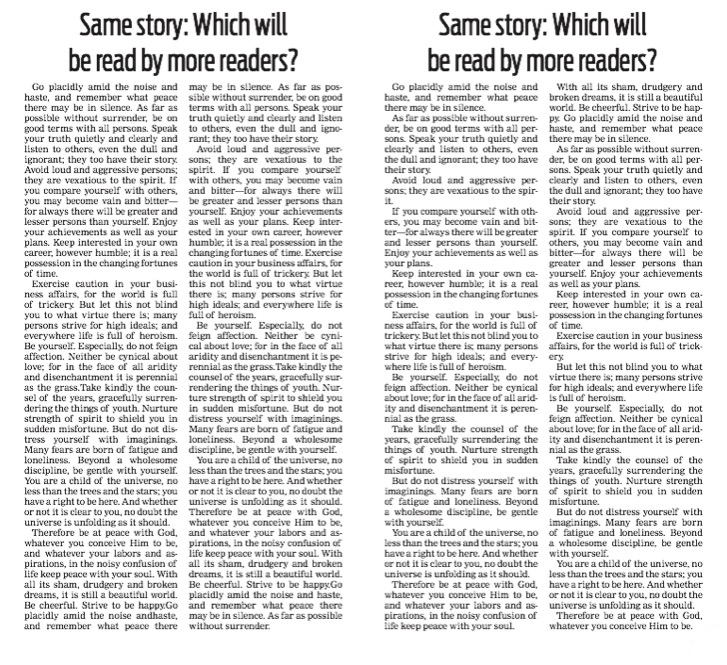

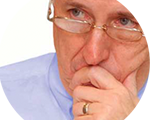
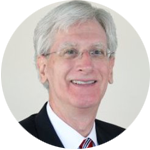
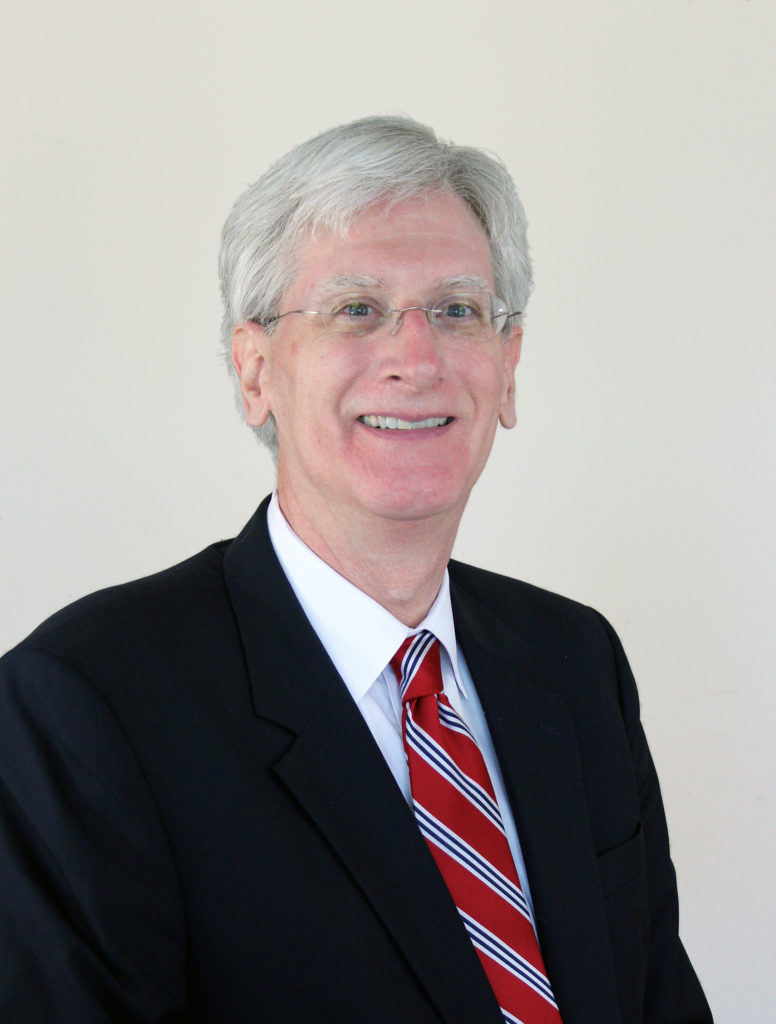
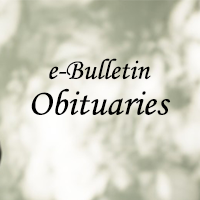



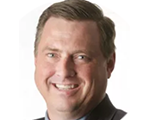
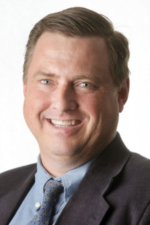
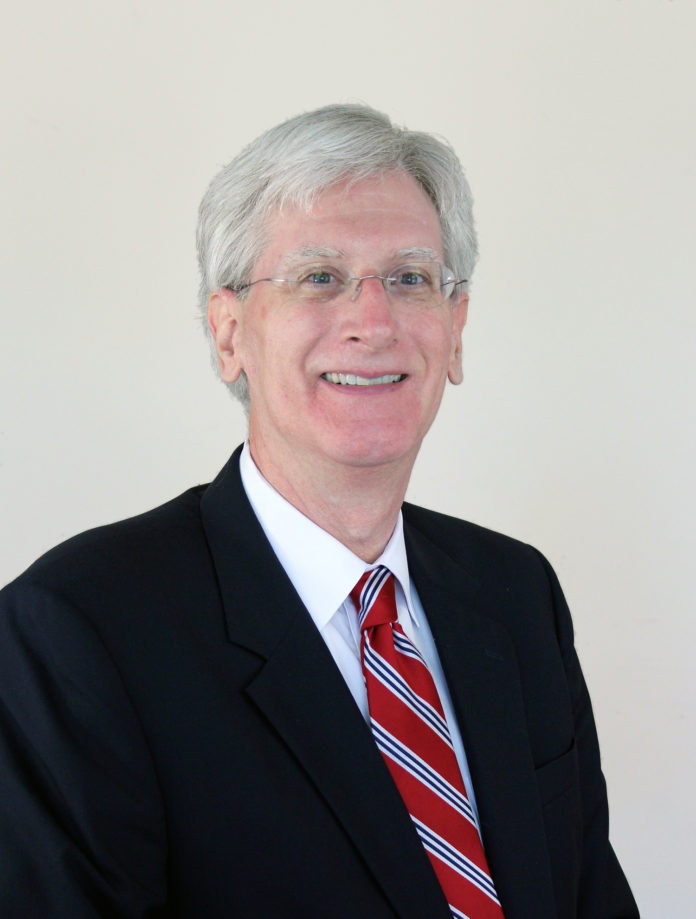
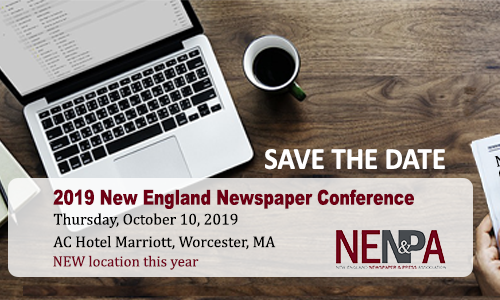
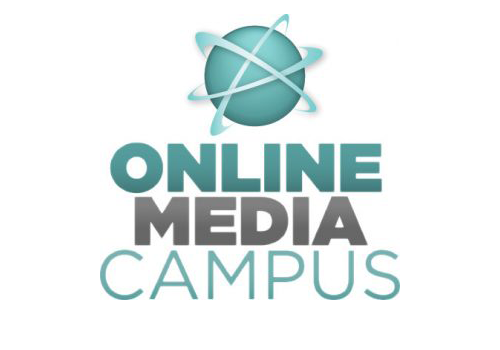
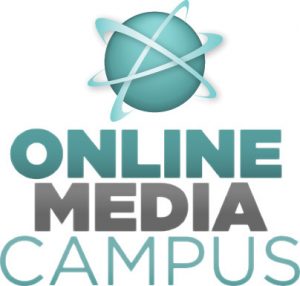
New Assange Charges Raise Two First Amendment Alarms
Gene Policinski is president and chief operating officer of the Freedom Forum Institute. He can be reached atgpolicinski@freedomforum.org, or follow him on Twitter at @genefac.
Two First Amendment alarms are sounding in the wake of new federal charges against WikiLeaks founder Julian Assange, but only one is being heard by most of us — for now.
Initially, federal prosecutors charged Assange with just one crime: conspiring in 2010 with former Army Private Chelsea Manning to hack a government computer password, which allowed Manning access to a trove of classified information that she turned over to WikiLeaks.
For weeks, free press advocates worried that the Department of Justice would go beyond prosecuting Assange for computer hacking and expand the charges into journalists’ territory —publishing classified information.
These fears were not unfounded. On May 23, the unsealing of an 18-count indictment under the 1917 Espionage Act, accusing Assange of working directly with Manning to obtain secret government documents, set off Alarm #1 for most journalists. The new charges implicate the work of journalists, which often involves talking with sources and at times possessing and publishing secret documents.
In trying to thread a legal needle, Justice Department lawyers said the Assange indictment avoids a collision with the First Amendment because he is not a journalist, as they define the profession.
And therein is Alarm #2: the government defining who is and who is not a journalist. This was the very activity that the nation’s founders — who had first-hand experience with the abuses inherent in a system where the crown licensed printers and publishers — ruled out in 1791 by creating unequivocal First Amendment protection for a free press.
How did we get to these alarming places?
The broadly written Espionage Act criminalizes the taking, possession and distribution of government secrets by any unauthorized person for any reason. But federal officials through the years have acknowledged that the role of a free press historically has meant at times providing the public with information that government officials of the moment wanted to keep secret. For that reason, journalists in the U.S., particularly those reporting on national security issues, have operated for decades with the tacit acceptance that they would not be prosecuted for receiving illegally obtained information from a third party as long as there was no involvement by the journalists themselves in the actual taking of the information property.
So it mainly has been policy, not law, protecting journalists receiving stolen information related to national security. The law explicitly protects publishing that information since the 1971 Pentagon Papers decision in which a splintered U.S. Supreme Court said “prior restraint” by government to stop publication of secret materials was unconstitutional. Seen generally as a free press win, often left unsaid is that the justices left open the issue of what penalties the government could impose on journalists after publication of classified materials.
That’s why the Assange indictment, if it stands, could dramatically change the delicate balancing act that has existed until now, in which the government sought to protect its secrets by prosecuting leakers, but did not go after reporters and news outlets that produced news reports based on leaked materials.
In announcing the indictment, the Associated Press reported, justice officials said Assange was “not charged simply because he is a publisher,” but rather because he actively encouraged Manning to steal hundreds of thousands of secret documents related to U.S. military and diplomatic actions in Iraq, Afghanistan and elsewhere, cracking a password that gave Manning access to the materials and “publishing a narrow set of classified documents in which Assange also allegedly published the unredacted names of innocent people who risked their safety and freedom to provide information to the United States and its allies.”
In a telephone conference call with reporters, Assistant U.S. Attorney General John Demers said the indictment does not destroy the Department of Justice’s informal agreement not to pursue journalists for publishing leaked information, saying the department “… takes seriously the role of journalists in our democracy … Julian Assange is no journalist.”
Demers then ventured into the definition zone — triggering Alarm #2 — that the nation’s founders thought to exclude: “No responsible actor, journalist or otherwise, would purposely publish the name of individuals he or she knew to be confidential human sources in war zones, exposing them to the gravest of dangers.”
While the journalists I know would agree with that assessment, and Demers may well be sincere in his words, the important element is that such a statement must be journalism’s self-definition, not one provided by a government official or established by ordinance, edict or, in a backhanded fashion, through an indictment.
The nation’s founders knew all too well that what the government can grant, it can take away. The danger in allowing the Justice Department to expand its Assange indictment into “publishing” is that can hand current and future administrations a cover under which they may pursue, in instances of leaked secrets, those reporters they disfavor.
There is real debate among First Amendment advocates whether to recognize Assange and WikiLeaks as a non-traditional journalist/journalism or as a political activist and subversive enterprise hiding behind a false shield. The government does need to protect many secrets.
Congress could avoid touching off future alarms by writing into the 102-year old Espionage Act more specific language that reflects what it was really meant to target: Those who steal and reveal U.S. government secrets with the purpose of harming the nation and exposing its citizens to danger.
Surely such a revision could make a safe space for those whose goal is to help, not hurt, the public by relaying classified information that properly holds government accountable — and that aids and abets not crime, but self-governance.
Want a few examples? The Pentagon Papers’ history lesson, which showed how government hid its decades-long engagement in Vietnam. The revelations about the massive surveillance system that grew up in the early 2000s without Americans being aware their phone calls (and later, their email traffic) was being stored and parsed by a huge government program. The reports revealing that newly designed vehicles to protect soldiers from landmines in Iraq and Afghanistan were slow in reaching the front lines, even as dozens or more died needlessly. The list is much longer if you care to look.
In the process of revisiting that law and those stories, let’s also keep in mind the core First Amendment principle that we know journalism when we see, read or hear it, not when a government official tells us.